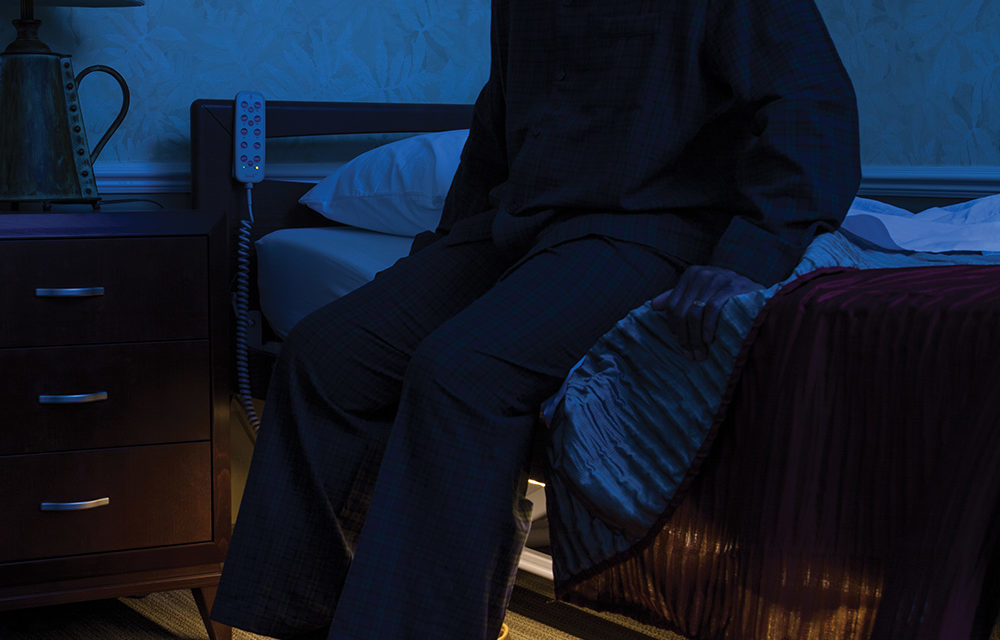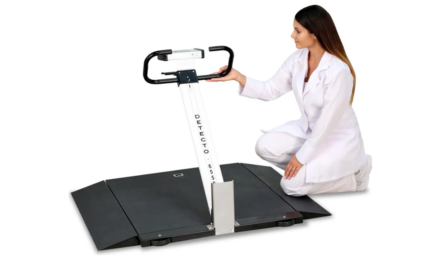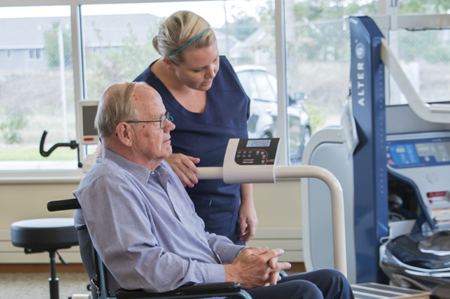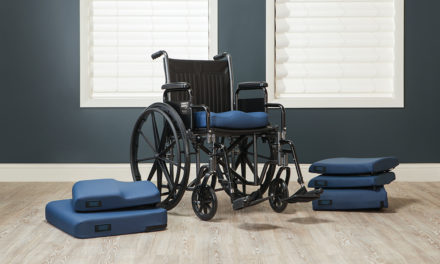F689 and Position Change Alarms
CMS states that facilities must “implement comprehensive, resident-centered fall prevention plans for each resident at risk for falls or with a history of falls.” When facilities are thinking of how to address this prevention plan, it’s often in reference to F689. This tag states: “§483.25(d) Accidents. The facility must ensure that – §483.25(d)(1) The resident environment remains as free of accident hazards as is possible; and §483.25(d)(2) Each resident receives adequate supervision and assistance devices to prevent accidents.”
CMS also notes that “while position change alarms are not prohibited from being included as part of a plan, they should not be the primary or sole intervention to prevent falls. If a facility staff chooses to implement alarms, they should document their use aimed at assisting the staff to assess patterns and routines of the resident.”
As a result, when developing a resident nursing care plan for falls, you’ll need to keep in mind that alarms are not intended to replace necessary supervision.
For more on F689, see page 302 of State Operations Manual, Appendix PP – Guidance to Surveyors for Long Term Care Facilities.
Developing a Comprehensive Fall Prevention Plan
While alarms can be used as a part of a fall prevention plan, you may want to think about other effective interventions when addressing fall precautions. These may include:
- Providing more detailed assessments to help focus on areas that could create the highest risk for residents
- Thinking about specific interventions to address the reasons residents are at risk
- Focusing on the anticipation of resident needs, asking yourself “Why are they getting out of a bed/chair?” and “How can I help meet that need?”
Don’t forget about environmental adaptations as well: things such as reducing noise and creating safer resident rooms, bathrooms and common areas can help reduce fall risk.
So, while position change alarms can be used as a part of a fall prevention plan, you’ll begin to see more providers only using alarms for a short period of time versus ongoing use. And, as we are seeing with the new regulations generally, the documentation required prior to the use of alarms – and the need to incorporate other interventions in addition to alarms – has become more important than ever.
Additional Resources
Direct Supply has a variety of resources to help you address fall prevention plans for your residents. Read more on whether fall alarms are considered restraints. For solution assistance, browse Direct Supply’s Safe Resident Transfer & Mobility Product Guide or shop products.





